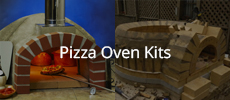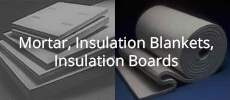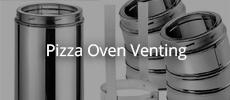I have built my dome and entrance using firebricks and home brew mortar. Finished that today.
I used a sand form covered in paper. When can I remove the sand?
How long do I need to wait before doing the vermiculite layer (my choice for insulation) ?
and then how long before adding final layer of external render / mosaic tiles?
I'm eager to get it finished, but don't want to rush it if there's a reason to take things slowly.
Do I begin to slowly heat the oven to cure it once all layers are complete, or is this step supposed to come before then?
thanks for any advice on timings
I used a sand form covered in paper. When can I remove the sand?
How long do I need to wait before doing the vermiculite layer (my choice for insulation) ?
and then how long before adding final layer of external render / mosaic tiles?
I'm eager to get it finished, but don't want to rush it if there's a reason to take things slowly.
Do I begin to slowly heat the oven to cure it once all layers are complete, or is this step supposed to come before then?
thanks for any advice on timings





Comment